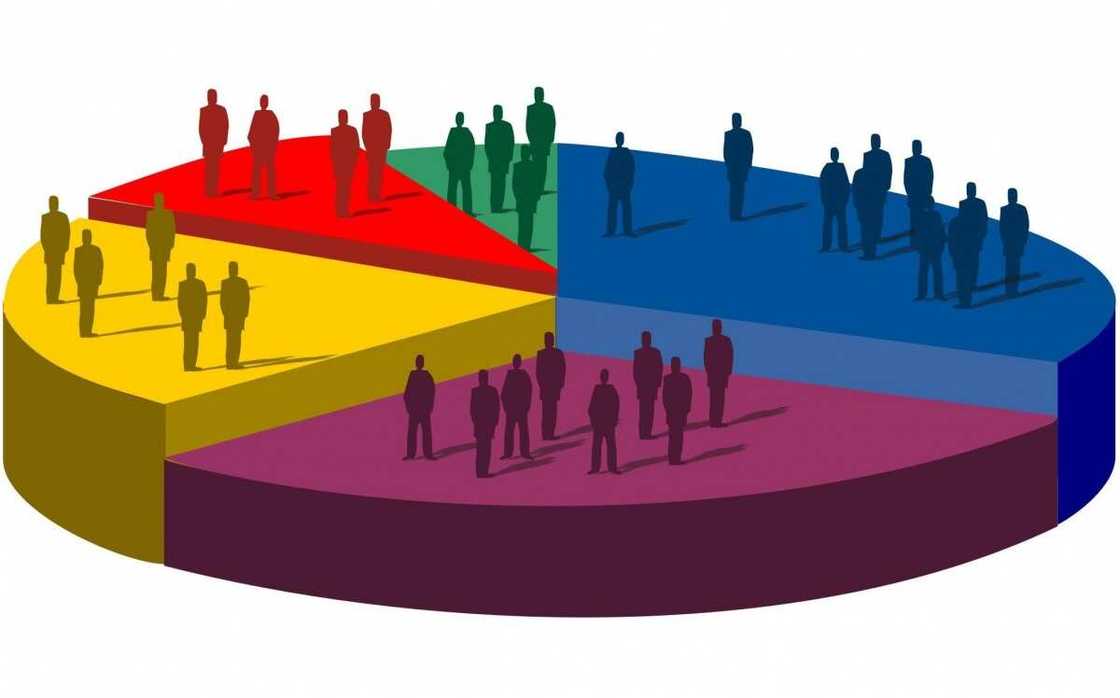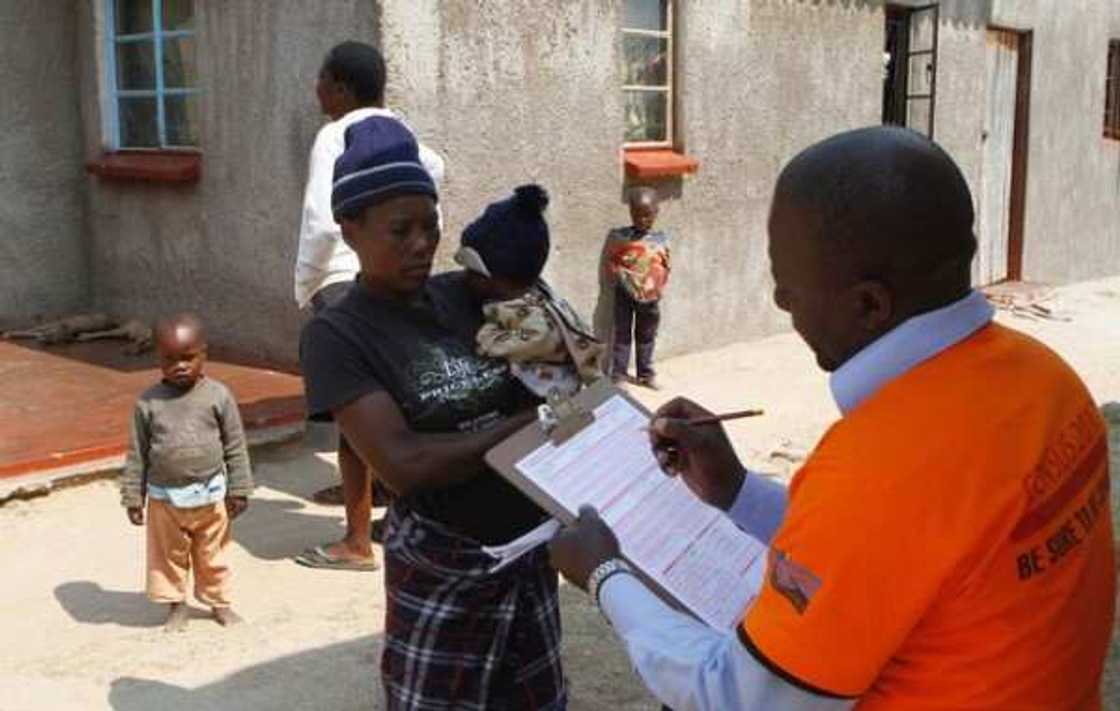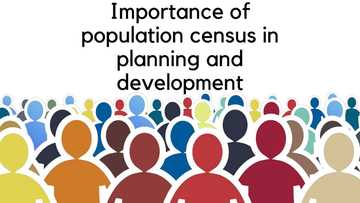Types of population census and other useful information
In this article, we are going to discuss what is a census and what are the types of population census. So. let’s get started.

Source: Depositphotos
What is a census and what kind of data is collected?
Census is an enumeration of people or items in a particular country or area. This term is most often used to define the number of population. The word "census" comes from a Latin verb 'censere', it means - 'to assess', or, in terms of statistics, 'to estimate' (The Encyclopedia Americana, 1951).
The Measure Evaluation document states that a population census can be defined as:
“The total process of collecting, compiling, and publishing demographic, economic, and social data pertaining to a specific time to all person in a country or fixed or defined area part of a country”. The Population and Housing Censuses Handbook of the UN, 1992, defines population census as a “process of collection, reception, assessment, analysis, publication and distribution of demographic, economic and social data, which relate, at a given moment in time, to all the residents of a country or of a well-defined partial geographic area”.
Census is still an insufficient method for determining an accurate size and characteristics of the population. This kind of survey is only an agreed-upon method of estimation, but it cannot give an exact figure.
Census is an expensive procedure that is taken once every 10 years in most countries. In some countries like Japan, Austria and Canada, a census is held more frequently, once every 5 years. During the non-census years, the number of people living in the country is estimated with the aid of reliable statistics. For example, the population in 2018 equals the population at the 2017 year census plus the births, minus the deaths, plus or minus the net migration.
When it comes to an understanding of the social, economic, and demographic conditions in the country, census data becomes very useful. It can be used by planners to understand the social, economic, and demographic conditions.

Source: Depositphotos
There exist a misunderstanding that the census is unique to the U.S. but census data is collected in other countries, too. Most countries also perform a housing census.
The Measure Evaluation document states that the U.S., for example, lists 4 key features of a census:
- Each person is counted separately; the characteristics of each person within the household are recorded independently.
- The census is conducted on the precisely defined territory. It also should include every present or residing person. The housing census should include all the types of buildings and living quarters.
- Each individual and item is counted at the precisely defined point of time.
- The census is taken at regular intervals, usually every 5-10 years.
The census is an important source of information. It provides a basis for the official statistics of the country. The population census provides the possibility to examine all the population groups, and acquire information on small geographic units (communities, neighbourhoods). In most countries, people are included in the list of population based on their place of residence.
The population census helps to estimate the changes in the number of people living in the country during a specific period of time. For example, census of 1952-1953 conducted in Nigeria was given as about 31 million people, in 1962-1963 gave a count of 55 million people, and in 1973, it gave another account of 79 million people. In 2004, Nigeria’s population was estimated 120 million people.

Source: Depositphotos
What are the types of population census?
To explain the types of population census, one needs to take into account the problem of the person’s presence during the process of conducting this procedure. With that in mind, there are 2 main types of census, namely:
- De facto Population Census
- De jure Population Census
De facto population census involves the counting of only those who are present physically when the census is performed. Only people who are living within the borders of the country or are seen by the census expert are counted.
De jure population census involves the counting of only people who have been permanent residents of a specific area, but they were not necessarily present when the census was performed. This is population census is also considered counting by proxy.
The types of data collected
The Measure Evaluation document states that the following types of data are collected in the census:
- Basic characteristics such as age, marital status, household size and composition, family characteristics and other.
- Economic characteristics including occupation, position, employment-related industry, and educational attributes such as school attendance, educational achievements, and literacy.
- Geographic and migration information.
- Place of birth, place of usual residence, its duration, prior place of residence. In some countries, information on births and deaths is also collected.
- Information on the housing includes buildings, living quarters and other facilities. The census reveals information on the residential, commercial, or industrial buildings. It includes the type of structure, the construction materials, the year of construction. The type of information that is collected is related to the type and location (rural or urban area) of the buildings, the number of rooms, the number of occupants. It also provides information on the types of facilities such as water, toilet, sewerage, bathing, cooking area, and lighting.
READ ALSO: Most populated state in Nigeria 2017

Source: Depositphotos
Stages of conducting the census
- Planning and preparation for data collection. This procedure is one of the most complex undertakings. It requires meticulous planning of all the details including methodological, contents and technological, as well as the organizational and administrative fields. Planning the execution and prior preparation are of great importance as it should include many tests and repeated trials. During the preparation stage, the purpose and methodology of the census are determined, the strategies are developed, and goals are set. The methods and means are as important as goals as census should be conducted in accordance with the constitution and human rights
- Data collection. During the second stage data on the census population is collected. It requires a direct contact with the residents. The indirect contact can also be made with the use of information found in administrative resources. This stage is the most labour intensive. It can take several months to make a logistic preparation for this stage
- Producing the results. The third and the last stage can take from 1 to a few years to process, estimate, analyse, publish and distribute the census data. During the stage of producing the results 3 activities are conducted simultaneously: preparing the final file (including correcting errors, editing of the data, restoring the lost data and doing the final calculations), producing the products used to publish and distribute the findings of the census, and assessing the reliability of data obtained.
READ ALSO: Population distribution by states in Nigeria

Source: Depositphotos
Characteristics of a good census
- It is conducted by the govt of the country where it is taking place.
- It is performed at the same time throughout the whole country.
- It involves regular counting at specific time intervals, for example, in Nigeria census is conducted every 10 years.
- It reveals the population of a particular country at a specific year, for example, Nigeria’s 1953 population census.
- It involves the physical counting of people.
- It involves knowledgeable experts who are specialized in population studies.
Census can collect information on:
- Individual residents aged 0 to 100+
- Households including families and unrelated adults
- Workers
- Housing and related facilities
Now you know more about the population census, its types, stages, and, characteristics. The population census is an important way of collecting information about age, occupation, residence etc. of people living in a particular country at a specific time.
READ ALSO: History of population census in Nigeria
Source: Legit.ng







